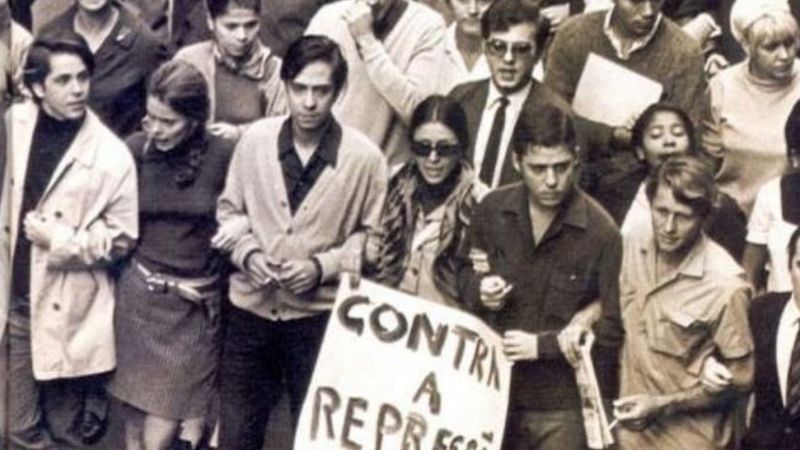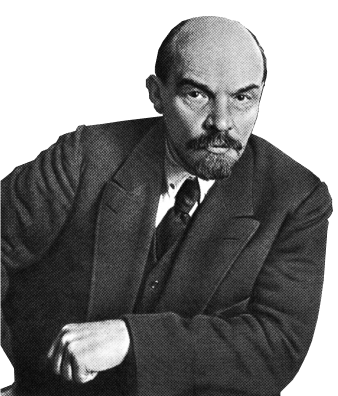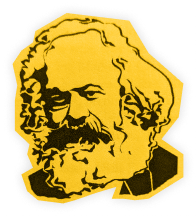
Chico Buarque’s song “Construção” (1971) is one of the most striking portrayals of working-class life under capitalism. Written during Brazil’s military dictatorship (1964–1985), it passed censorship only because of Chico’s poetic disguise, but beneath the verses lies a devastating critique of a system that reduces workers to disposable tools.
The dictatorship itself was no accident. It was the conscious alliance of the Brazilian bourgeoisie with U.S. imperialism to strangle the workers and peasants before their struggle could develop toward socialism. The industrial bourgeoisie of São Paulo, tied to foreign finance, wanted cheap labor and political “stability” for their profits, while the agrarian oligarchy (latifundiários) feared land reform and peasant mobilization. Both wings of the ruling class united to overthrow President João Goulart (1961–1964), the last reformist president who dared to propose modest land redistribution, stronger unions, and restrictions on foreign capital. Washington backed the coup through Operation Brother Sam, preparing ships, fuel, and weapons offshore to guarantee the generals’ success. Later, Brazil became a pillar of Operation Condor, the U.S.-led continental alliance of dictatorships in Chile, Argentina, Uruguay, and beyond, coordinating repression, torture, and assassinations across Latin America.
This was not the rule of “mad generals,” but the open dictatorship of the bourgeoisie, using terror as a tool to defend property and imperialist interests. The so-called “Brazilian Miracle” of the late 1960s and ’70s — rapid growth built on foreign loans and brutal wage repression — meant nothing for the working class except harder exploitation and deeper misery. When crisis hit, the regime collapsed under strikes, discontent, and economic failure, giving way not to socialism but to bourgeois democracy — capitalism managed with ballots instead of bayonets.
It is this contradiction — of the worker building society yet gaining nothing from it — that Chico captures in “Construção.” The song tells the story of a construction worker whose life is nothing but labor, exhaustion, and an anonymous death. Each verse ends with a different word, creating a mechanical rhythm that mirrors the alienated routine of capitalist life.
“He died in the middle of the street,
disrupting the traffic
He died in the middle of the street,
disrupting the public.”
The worker builds the city, yet he remains invisible. His death causes no pause; traffic continues as if nothing happened. As Chico sings:
“He died in the middle of the street,
disrupting the Saturday.”
This is not just poetry — it is the reality of millions under capitalism: men and women who produce the wealth of society, but whose lives are treated as disposable. Beneath the “economic miracle” was nothing but the ruthless super-exploitation of labor.
And here lies the genius of Chico Buarque. Under dictatorship, open criticism could mean prison, exile, or worse. Yet through metaphor, rhythm, and ambiguity, “Construção” said what could not be said directly. It showed how art became a hidden weapon of resistance: slipping past censorship, preserving truth, and speaking to millions who recognized their own lives in its verses.
“Construção” is not just a song — it is a monument to the alienation and resilience of the working class. If you have never heard it, listen carefully — not just to the melody, but to the mechanical repetition.

